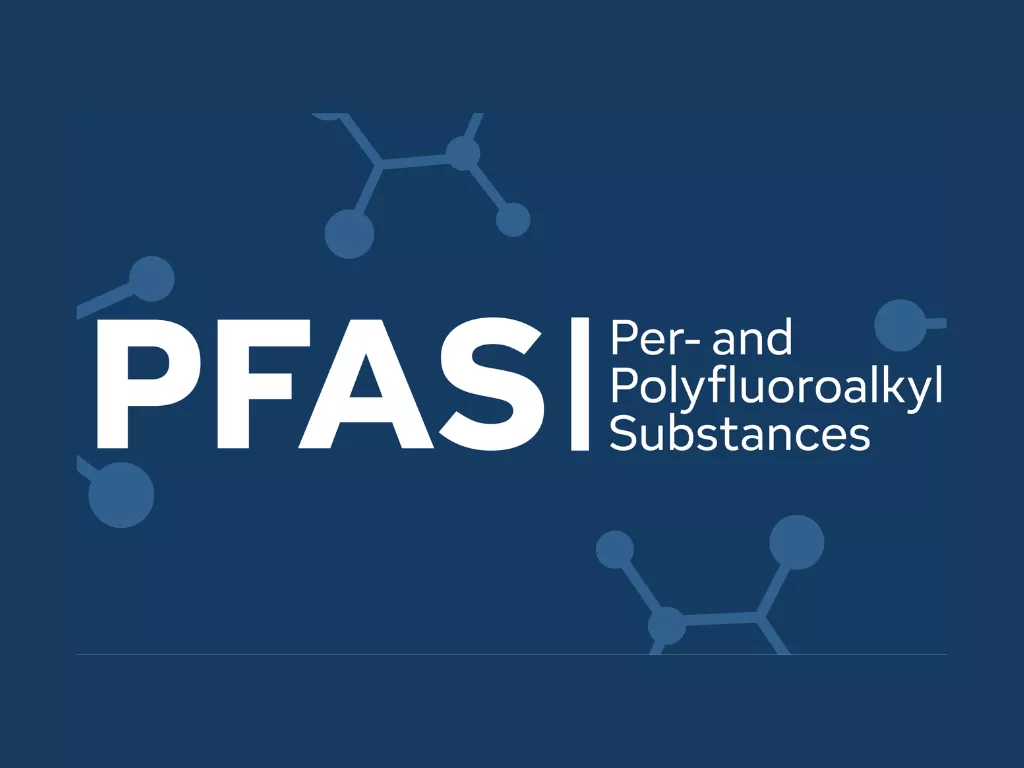Design Thinking for Healthcare: A Catalyst for Innovation
14 August 2023
Nearly everything you see around you is designed; that is, it is present because someone thought about what was required. I see a mobile phone, a headphone, a desk, a chair, a pen a computer in front of me, the clothes I am wearing, etc., these are the obvious objects of design.

Discover more

Building Better Digital Experiences with Information Architecture
In today’s digital age, information is omnipresent. Whether it's websites, mobile apps, online platforms, or digital content, these elements have become integral parts of our...

Revolutionizing Rural Healthcare: How AI is Shaping the Future of Telemedicine
Introduction Telemedicine has revolutionized healthcare delivery, particularly for underprivileged populations. For rural areas, where access to healthcare facilities is often limited, telemedicine has the potential...

PFAS: How ‘Forever Chemicals’ Impact Medical Devices
Introduction: Since 1940, per- and polyfluoroalkyl substances (PFAS) - a class of artificial compounds, have been used globally in a variety of industrial and consumer...
